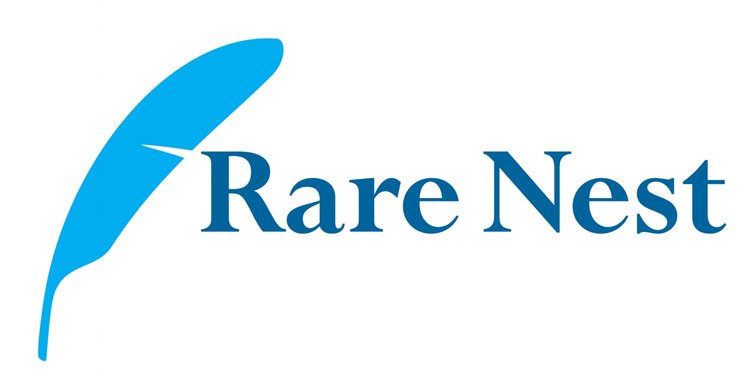John T. Upchurch
B. 1968 Chicago
For the last several years, John T. Upchurch has crafted and appropriated discarded elements and manufactured materials to produce a prolific body of sculptural objects, testing boundaries around concepts of the hand-made - found art and industrial cast-offs. His inspirations include patent models, specimen collections and curious tools. Upchurch’s enigmatic objects defy scale and are prized by collectors for their dynamic compositions, thoughtful materiality and subtle color balance.
“I’m interested in both prototypes and relics—in the beginnings of ideas and their remnants. The artifacts we create and leave behind reveal our ability and desire to understand the world. They also expose the limits of that understanding. The tensions between tradition and innovation; the known and the newly conceived; the successive, overlapping Systems of the World provide a foundation for my exploration of form and materials.”
In 1990 Upchurch received his BFA from the Kansas City Art Institute where he simultaneously studied and performed in bands. Upon graduation, Upchurch returned to his native Chicago. From 1988 – 1995, Upchurch was a principal in the acclaimed band “The Coctails”. In relation to his sculptural work, the band placed distinctive emphasis on the design and materiality of “fan gear”. Their posters were enthusiastically collected, and Upchurch subsequently founded Fireproof Press - a letterpress and design studio focused primarily on creative packaging for the music industry. Clients included Warner Bros., Touch and Go, London Records, Oprah Winfrey, Thrill Jockey, DC Comics and U.S. Poet Laureate, Billy Collins. John also designed several covers for the band Wilco. In 2018, Upchurch left his long-time day-gig as Director of Instructional Technology at Columbia College and now focuses his vision on developing concepts in sculptural objects.
The artist reflects, “Wood, stone, metal, found objects and other, largely-salvaged components are employed in varied configurations. These are directed both by the characteristics of the material–density, pliability, texture, connotation–and my ability to shape them. Fabrication is informed by various traditions of formal and vernacular craft, but the process is decidedly intuitive and personal. A piece is finished when it’s attained some plausible sense of identity, history or utility–and sometimes just when it manages to make me laugh”.



































